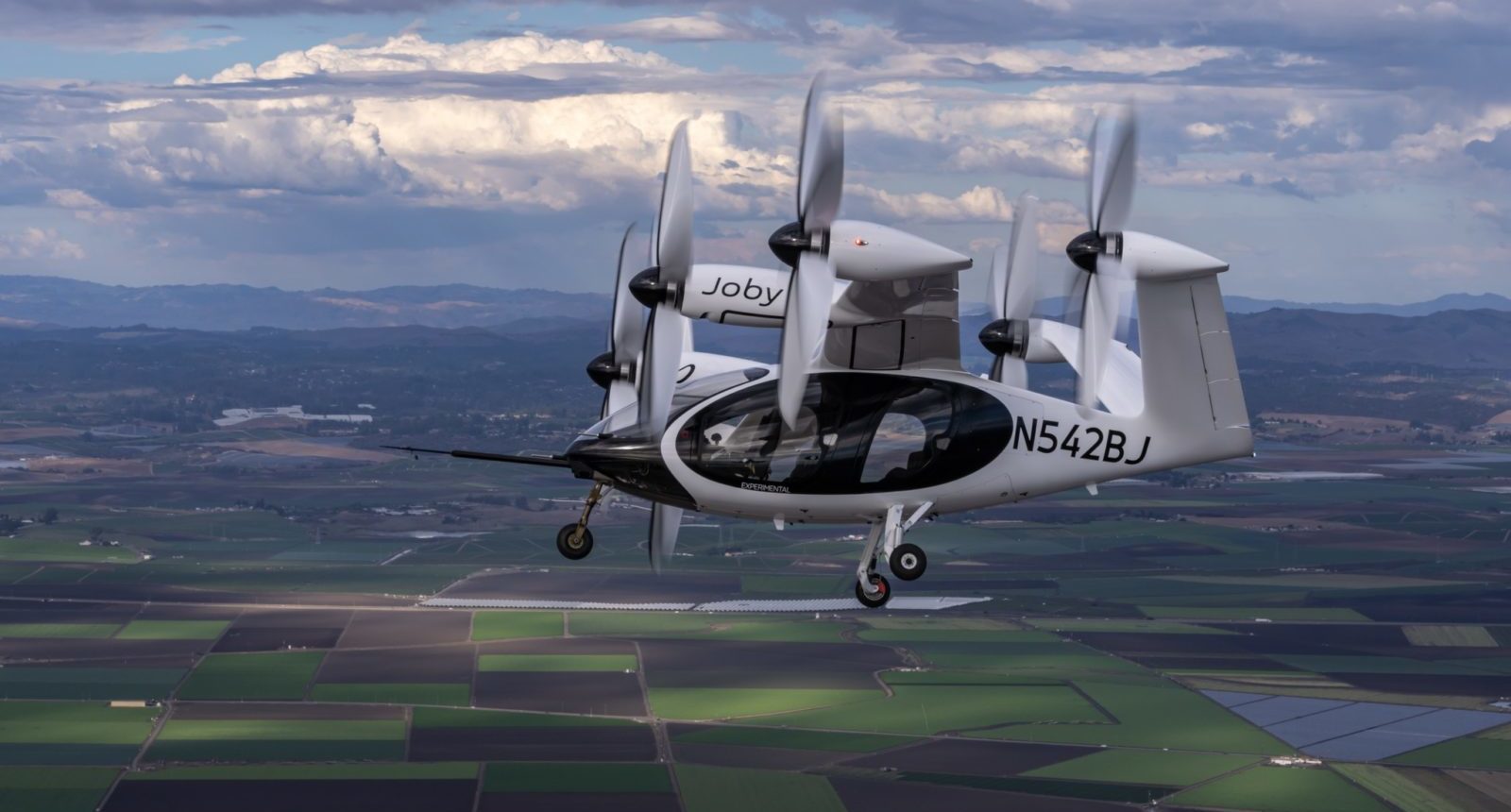Stay Up to Date
Submit your email address to receive the latest industry and Aerospace America news.
Congress should provide clearer definitions for rotorcraft, fixed wing and other types
If the U.S. Congress wants to avoid confusion over whether or when electric aircraft operators must collect taxes from passengers and cargo customers, lawmakers should update the terminology in the tax code, according to a report from the Government Accountability Office that was released Tuesday.
Right now, tax liabilities are described in terms of helicopters and fixed-wing aircraft, but the emerging advanced air mobility industry designs have attributes of both. This situation “requires some clarification” related to exemptions from certain taxes, said the GAO’s Heather Krause, the report’s lead author.
This lack of clarity could lead to litigation if an AAM operator is unable to receive a tax exemption because its aircraft don’t neatly fit in either of the two historic aircraft types, the report warns.
FAA receives much of its funding from taxes on aircraft operating in the national airspace. U.S. passengers are charged a 7.5% tax, plus a fixed fee for each flight segment. For cargo, customers pay a 6.25% tax. Those dollars flow from airlines and other operators into the Airport and Airway Trust Fund, which provides the majority of FAA’s funding — $17 billion in 2021.
Certain helicopter and fixed-wing operations are exempt from these taxes, such as flights for medical services. But sometimes, the exemptions differ for helicopters and fixed-wing aircraft. Helicopter flights are exempt from the cargo tax if they are conducted for the purpose of construction to set heating or air conditioning units on rooftops. There is no such exemption for fixed-wing aircraft.
The U.S. House Committee on Transportation and Infrastructure and the Subcommittee on Aviation requested the GAO report, “Transforming Aviation: Congress Should Clarify Certain Tax Exemptions for Advanced Air Mobility.”
The report notes that while electric vertical takeoff and landing aircraft generate lift with rotors, “existing tax law does not specify whether an aircraft should be classified in accordance with its lift mechanism at take-off and landing, versus the lift mechanism in the cruise phase of flight.”
According to the GAO report, IRS officials expressed concerns about the lack of clarity regarding emerging AAM aircraft designs.
“According to IRS officials, the lack of clear statutory definitions for helicopter and fixed-wing aircraft had not previously been concerning,” the report says. “However, they said AAM introduces significant uncertainty because it is unclear how” such aircraft “would be classified for the purposes of determining flight purpose excise tax exemptions.”
Ultimately, IRS officials told the GAO that the lack of clarity for such definitions could lead to litigation, the report said.
Get the latest news about advanced air mobility delivered to your inbox every two weeks.
About paul brinkmann
Paul covers advanced air mobility, space launches and more for our website and the quarterly magazine. Paul joined us in 2022 and is based near Kennedy Space Center in Florida. He previously covered aerospace for United Press International and the Orlando Sentinel.
Related Posts
Stay Up to Date
Submit your email address to receive the latest industry and Aerospace America news.




